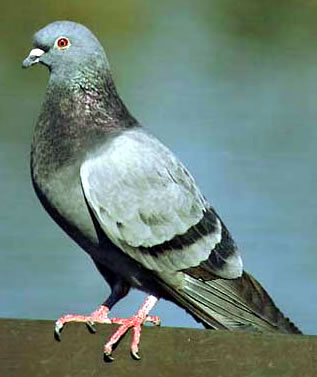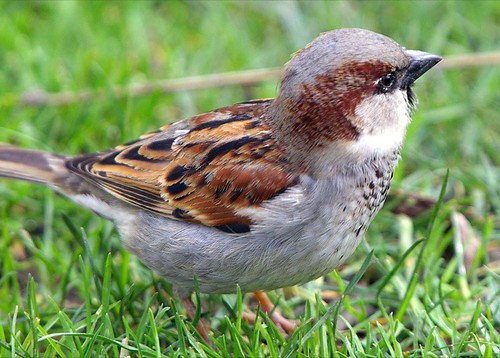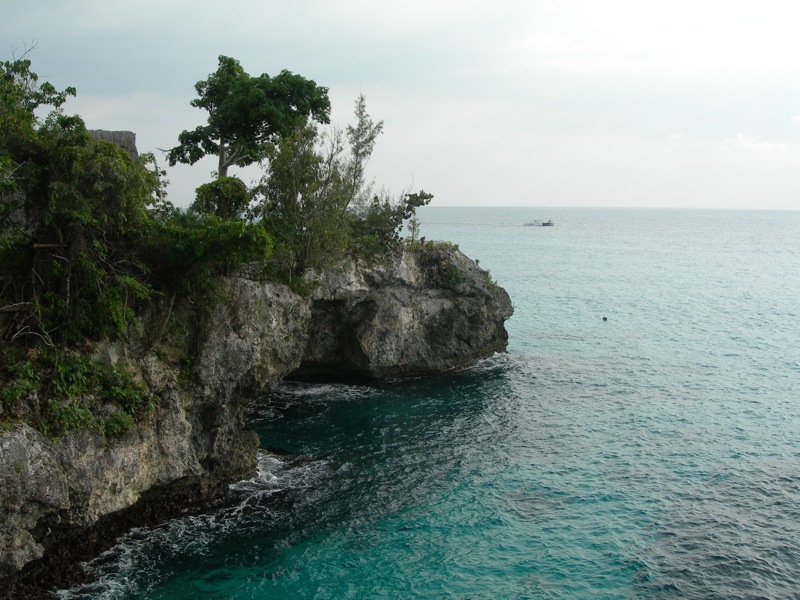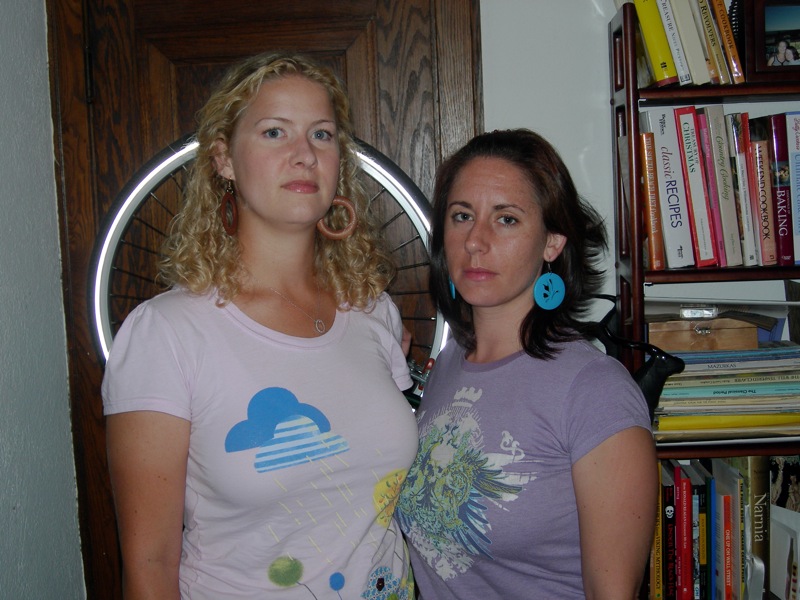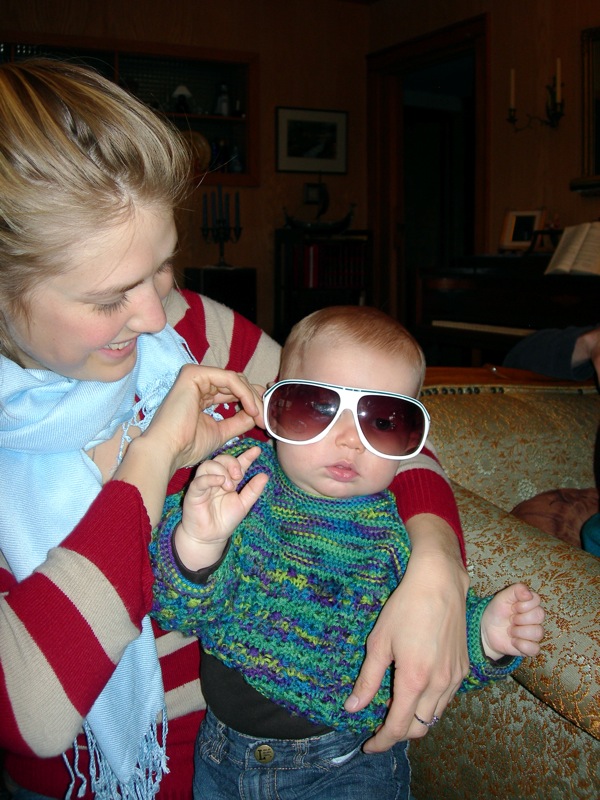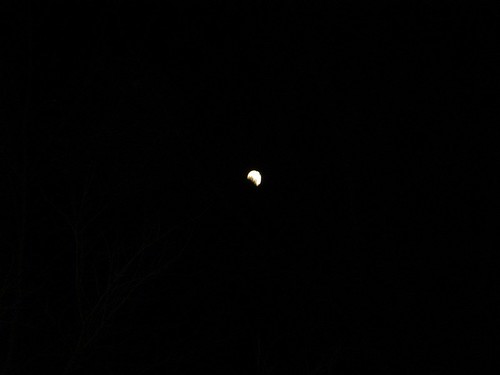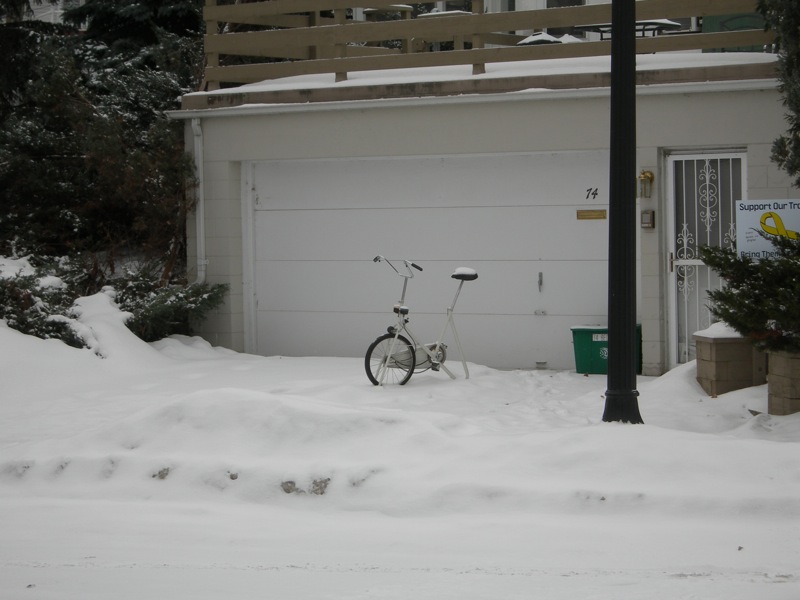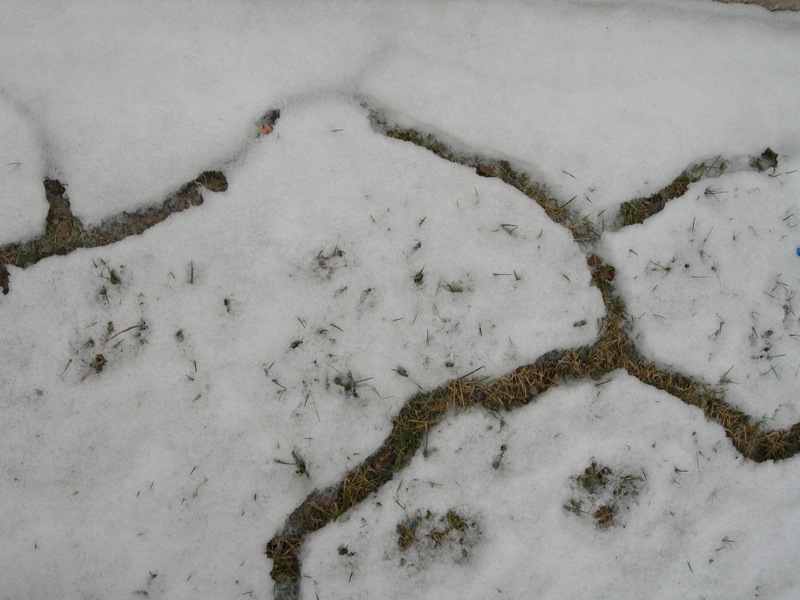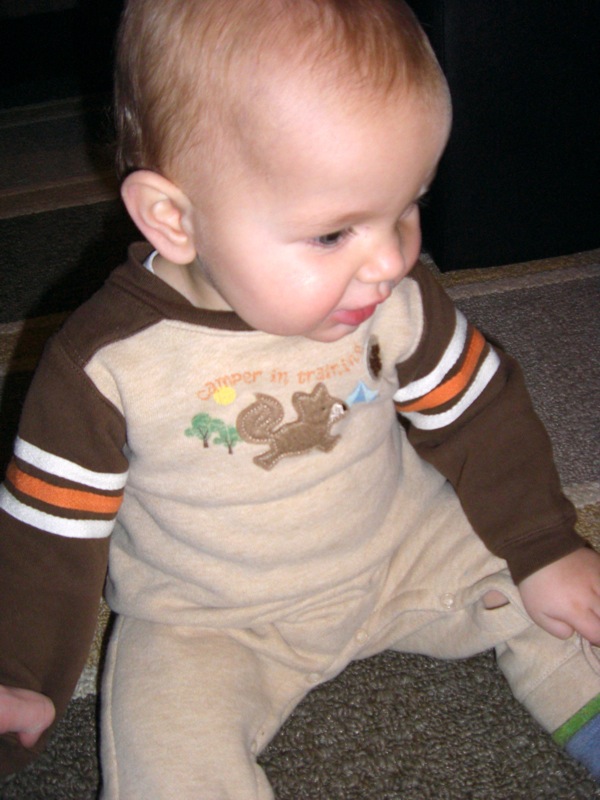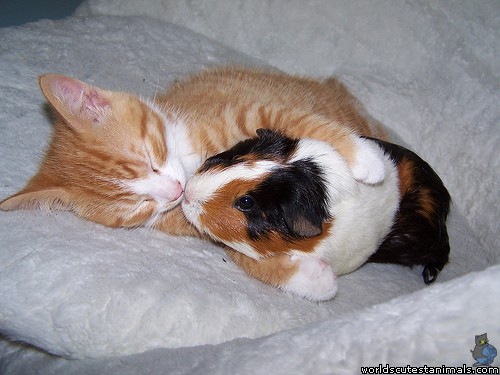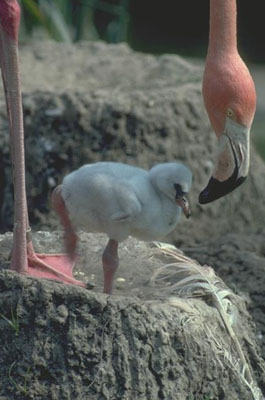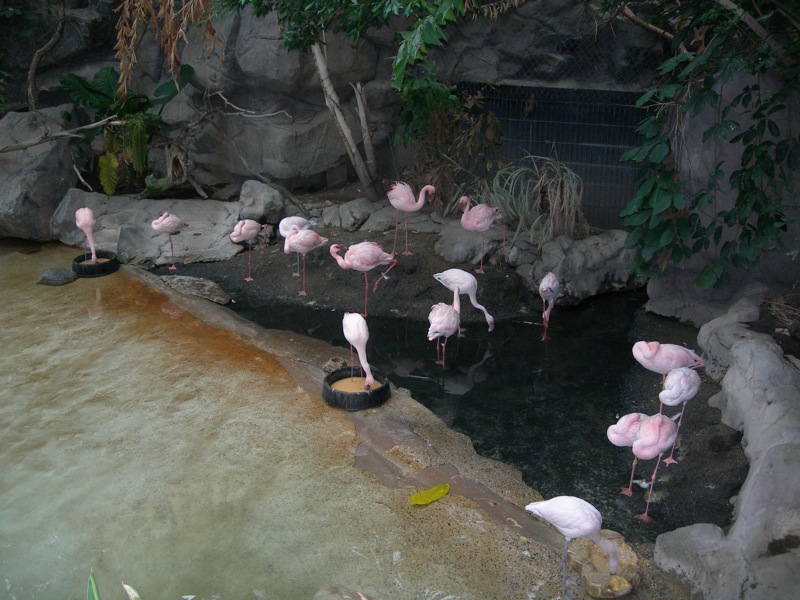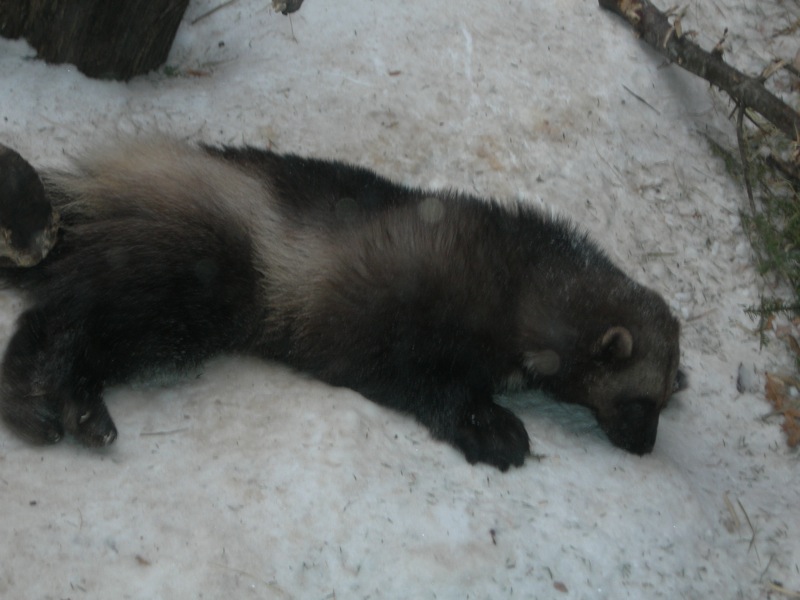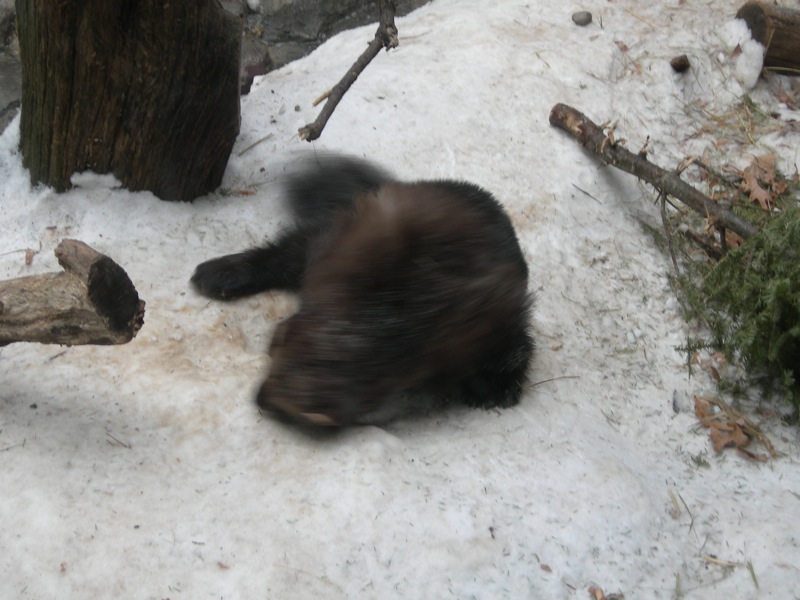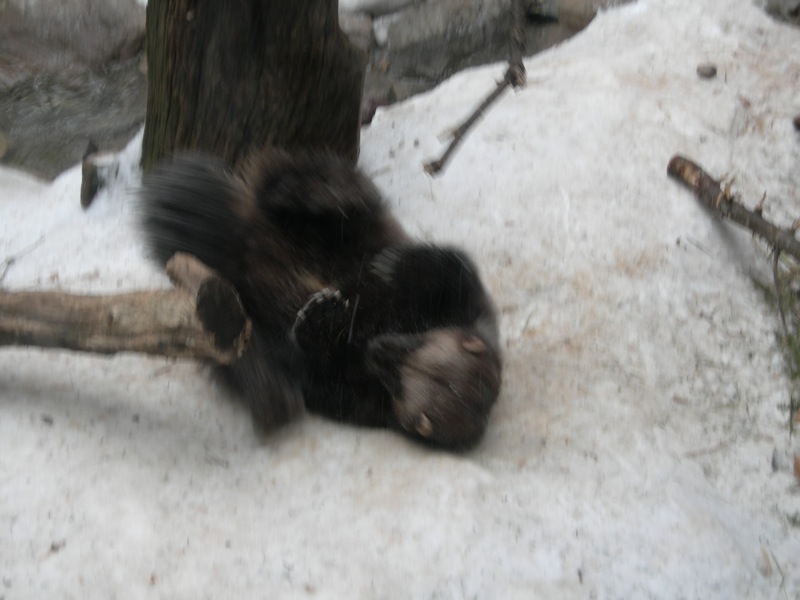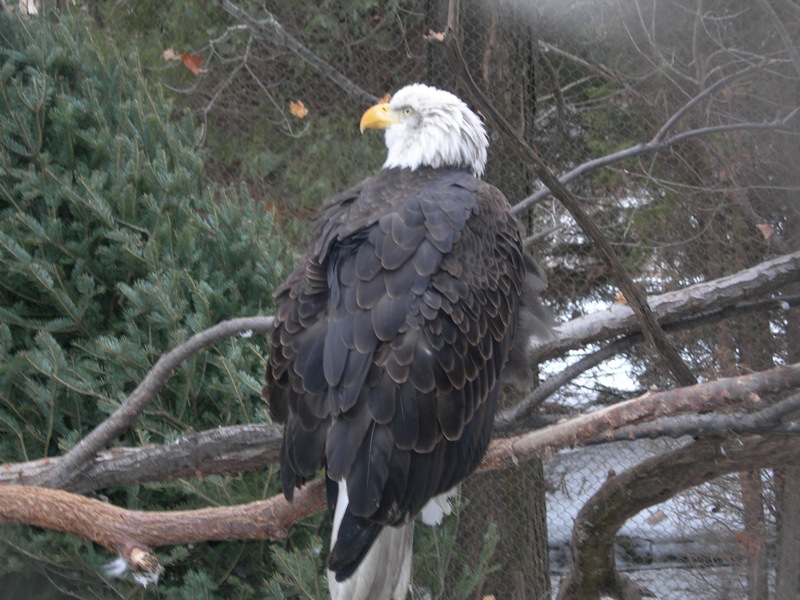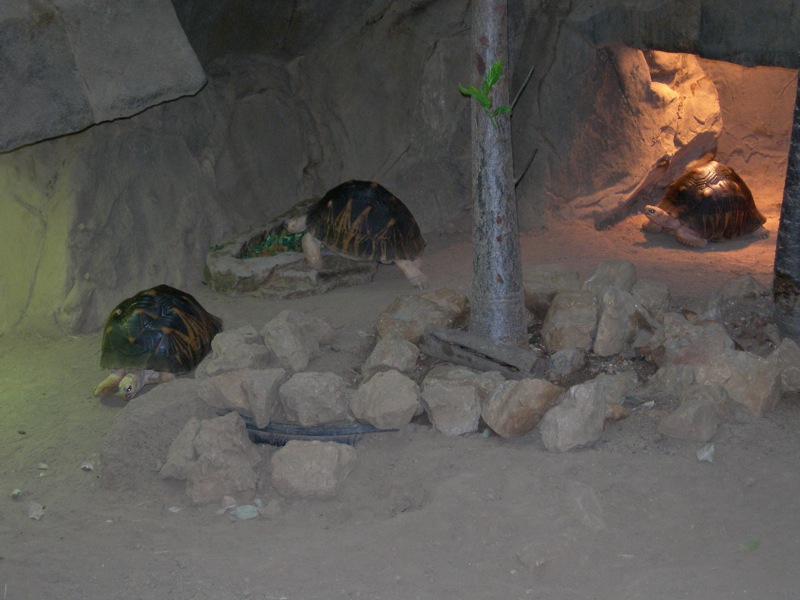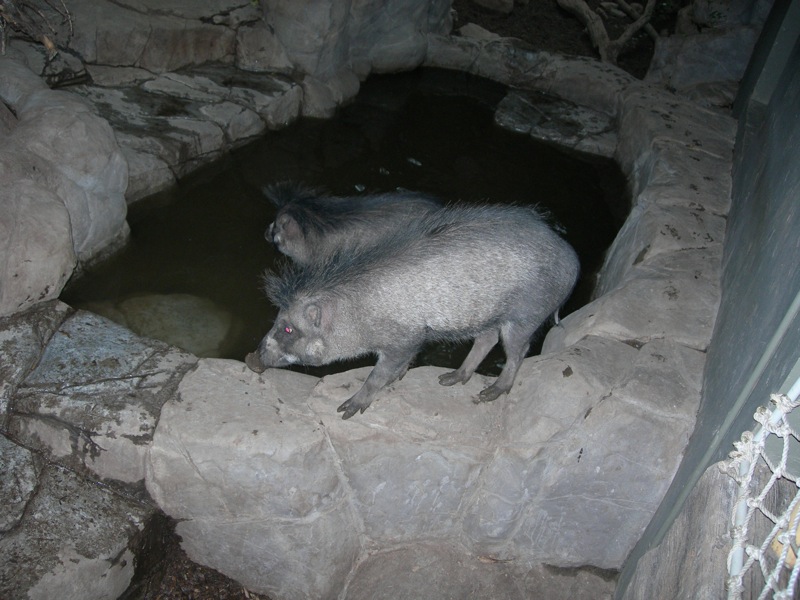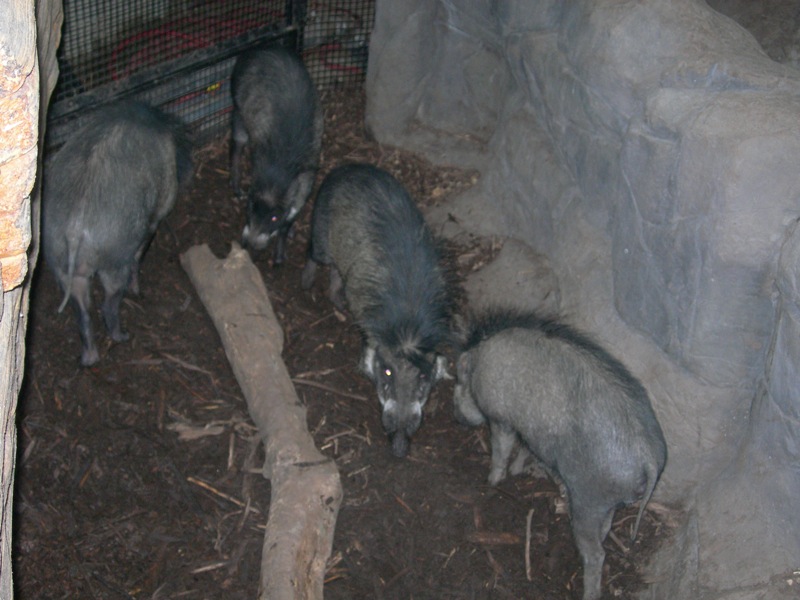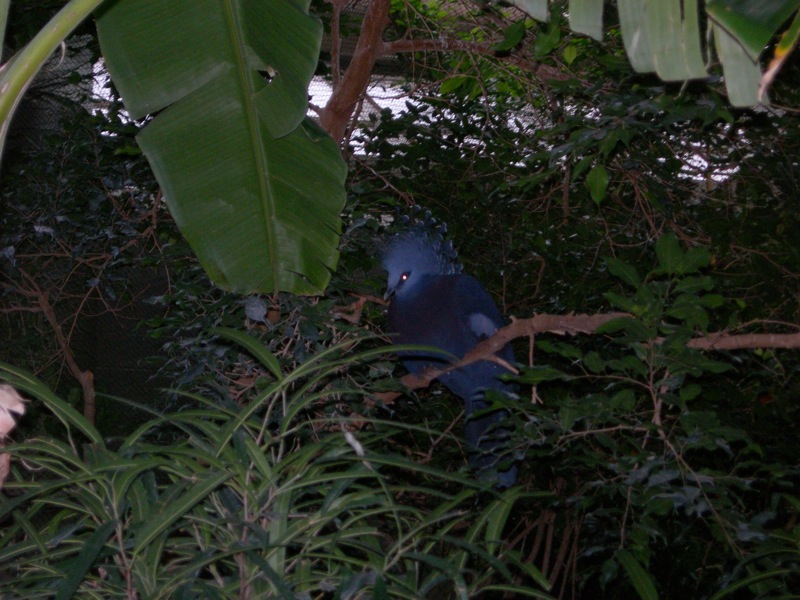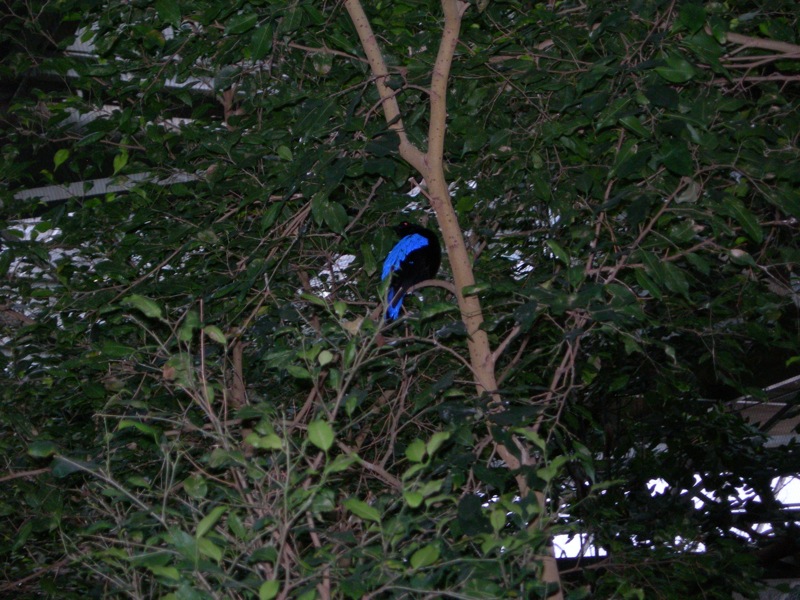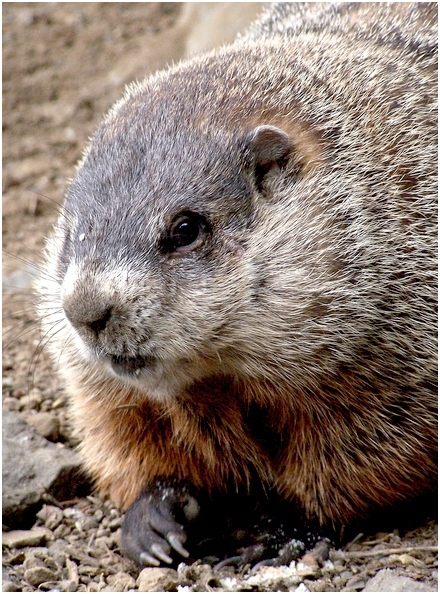Hello Critter Lovers!
How was your weekend? I must say I'm feeling great after going for two lovely outdoor runs the last two days! Lots of folks, munchkins and doggies were enjoying the warm weather, as well. Today jazz flute player PG joined me, and a nice couple walking a Jack Russell terrier pointed out a bald eagle sitting majestically in a tree by the Mississippi.
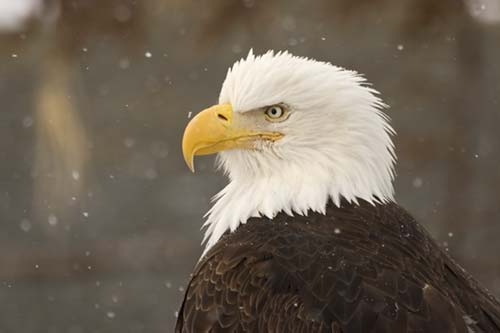
My friend and former roommate, the tenor DR, reported this winter that black bears were being sighted in his homeland of Upstate New York. Therefore I lovingly dedicate this entry to DR, aka
Pound Papi, aka Dirt McGirt. (Just kidding about that last one!) Big love to a great guy!
There are eight main species of bears in the world. I'll outline them here with some lovely pictures!
First, our native black bear, Ursus americanus:
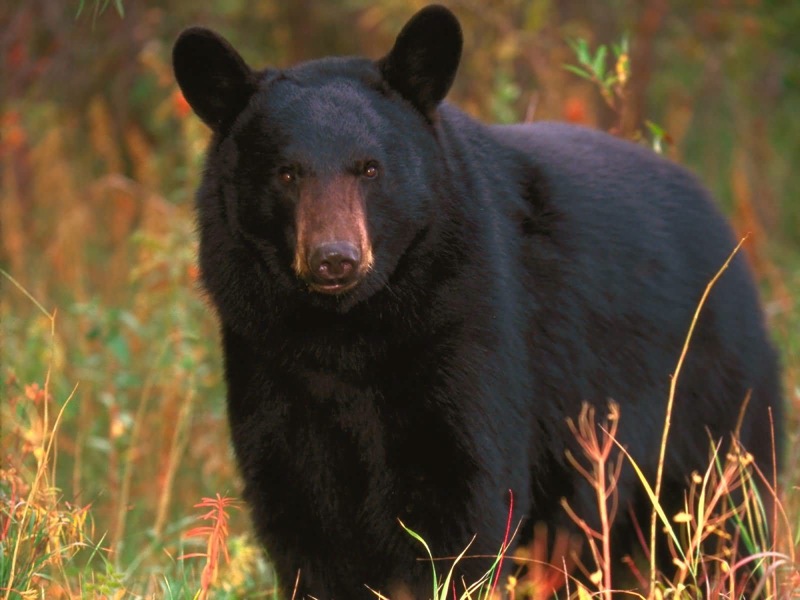
Scientists estimate that there are 750,000 of these bears found in the U.S. Although they are called black, these creatures range from brownish, to blond, to reddish in color. They weigh 300 to 800 pounds (males being larger than females) and have curved claws which are excellent for climbing trees!
The black bear cubbikin:

Now, moving on to the brown bear, Ursus arctos:

These bears are notable for the hump on their back, which represent strong muscles used for digging. Formerly found throughout the U.S., brown bears are now located in the Northwest, throughout Canada, Europe, Asia, Japan and in Alaska, where there is a larger subspecies of brown bear known as grizzly bears. Brown bears weigh between 200 and 800 pounds, while grizzlies can reach up to 1,500 lbs. Even larger than the brown or grizzly bear is a rare subspecies, the Kodiak bear, which is found in Southern Alaska. It and the polar bear are tied for largest land carnivore.
And speaking of polar bears, here is a photo of Ursus maritimus:
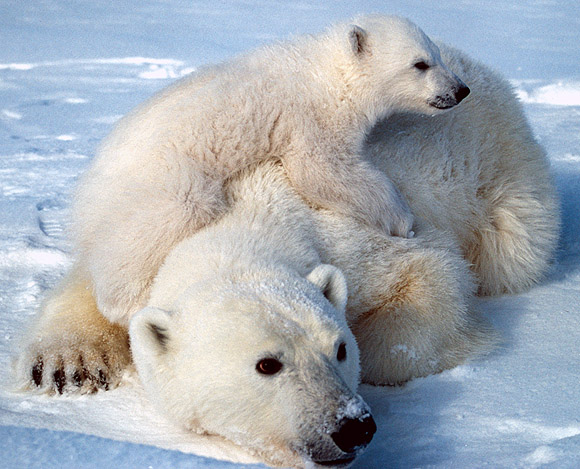
Fuzzy! Polar bears are mostly seal-hunters, weighing in at around 600 to 1,500 pounds. Their fur is actually made of transparent hairs, which are designed to collect sunlight and pull the heat downward through the whitish or yellowish underhairs and finally to the skin. Only pregnant female polar bears hibernate. Some scientists classify polar bears as marine animals as they can swim for up to 100 miles!
Moving eastward we find the Asiatic black bear, Selenarctos thibetanus:

Note the large ears and light-colored chest patch. These bears live in southern Asia and the Japanese islands of Honshu and Shikoku. Asiatic black bears are smaller than their American cousins, weighing in at 100 to 400 pounds. While they share habitat with stronger brown bears, the Asiatic black bears have the advantage of increased agility in trees, where they find fruit, nuts and leaves to eat. They are also more aggressive than American black bears, perhaps because they come into human contact more often.
Another smaller bear is the sloth bear, Melursus ursinus:
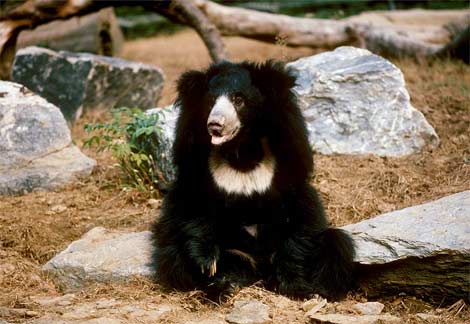
A native of Sri Lanka* and India, the sloth bear features the superpower of being able to close its nostrils at will. This is to facilitate a pleasant experience while eating its favorite meal, termites! The sloth bear is also notable for its mane and the fact that it has fewer teeth (40) than the rest of the bears. Sloth bears weigh 120 to 300 pounds.
*Side Note: My sister AG once told her Junior High reading teacher that our family had vacationed over the summer in Sri Lanka. It seems like the teacher believed her! (The farthest trip my combined family took was one hour away from our hometown to go camping.)
A mysterious New World bear is the spectacled bear of South America:

The subject of the above photo looks quite haughty, don't you think?! Tremarctos ornatus lives in altitudes of 6,000 to 8,000 feet, and weighs 140 to 340 pounds. Scientists have not studied them very much...I wonder if it's because they're found in the mountains or if its related to political unrest in South America? Hmmmm.
Moving back to Asia we find the smallest bear, the sun bear:
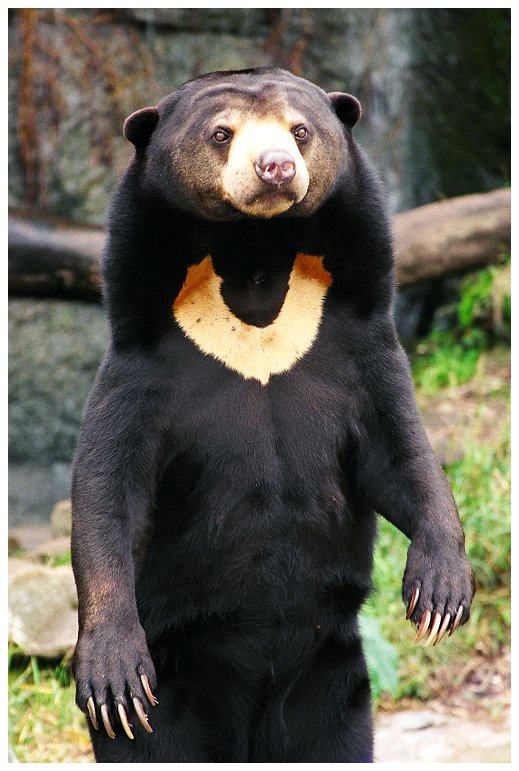
Handsome! This bear, which weighs only around 140 pounds, lives in Southeast Asia: Vietnam, Bangladesh, Thailand, Laos and Cambodia. Sun bears enjoy eating plants, termites and birds.

Of course we can't forget about human "bears"! I'll let Wikipedia
define this type of manly man! My own big strong husband once said that he probably fit into the "bear" category...if there was one for straight guys.
Now to one of the most famous kinds of bears, the panda!

R and I had a disagreement regarding the taxonomy of pandas; he suggested they weren't bears, I said they were. It turns out we were sort of both correct; until 1995 pandas were placed in either the raccoon family or the red panda family. Due to DNA research, after 1995 the black and white guys were placed in the bear family. Pandas, Ailuropoda melanoleuca, are unique among bears because they have six front fingers to grasp bamboo. Also, the genitals of the male point backward, unlike other bears. (?) Confined to only six regions in China, an area totaling about 5,400 square miles, pandas are highly endangered. Weighing 155 to 275 pounds, pandas can eat up to 40% of their body weight in bamboo daily, ranging from 26 to 33 pounds of mature grass and up to 84 pounds of the bamboo shoots!
And here is the red panda, which scientists are still unsure how to categorize. Some think they are a raccoon cousin that developed similar traits to pandas because they both eat bamboo. Others feel red pandas should be in the bear family, or in a category of their own. First, my own photo from the Minnesota Zoo:

They were chillaxing.
And a close up:
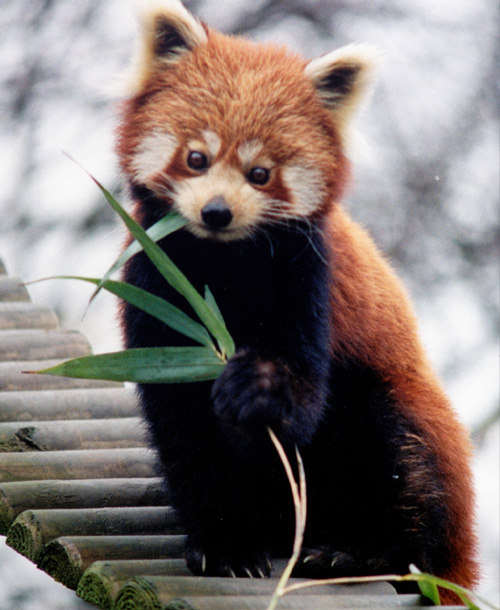
DEAR LORD, THE CUTENESS!
Now I will focus on bear nooky (the non-human kind), specifically the mating habits of the brown bear. Reaching sexual maturity between age four and seven, female brown bears become fertile from May to July. Males are often eight to ten years old before they are large enough to beat other males to the ladies. It takes several encounters for a female to become receptive, so sperm from several males may be received. This means cubs born at the same time can have different baby-daddys. The rest of the summer I guess the bears just eat and relax (they can gain up to 400 pounds of fat during the summer!), as the fertilized eggs don't implant until October or November. One to four cubs are born between January and March. The cubs stay with mama for usually two and a half years, after which they separate and the female can become pregnant once more.
Bear Fun Facts:
* The closest living relatives to bears are the Pinnipeds, or seals!
* Bears are not true hibernators, but most northern species do become dormant in winter.
* Most bears live 20 to 25 years in the wild.
* Asian bears are often killed for their bile and other body parts used for medicinal purposes.
* Brown bears found in the ABC Islands of Alaska are more closely related to polar bears than to other brown bears.
Have you learned a few things about our friends the bears? I am scared to see one when I am camping; have you had any encounters?!
Have a good Monday!
xoxoxo
Wendell!
